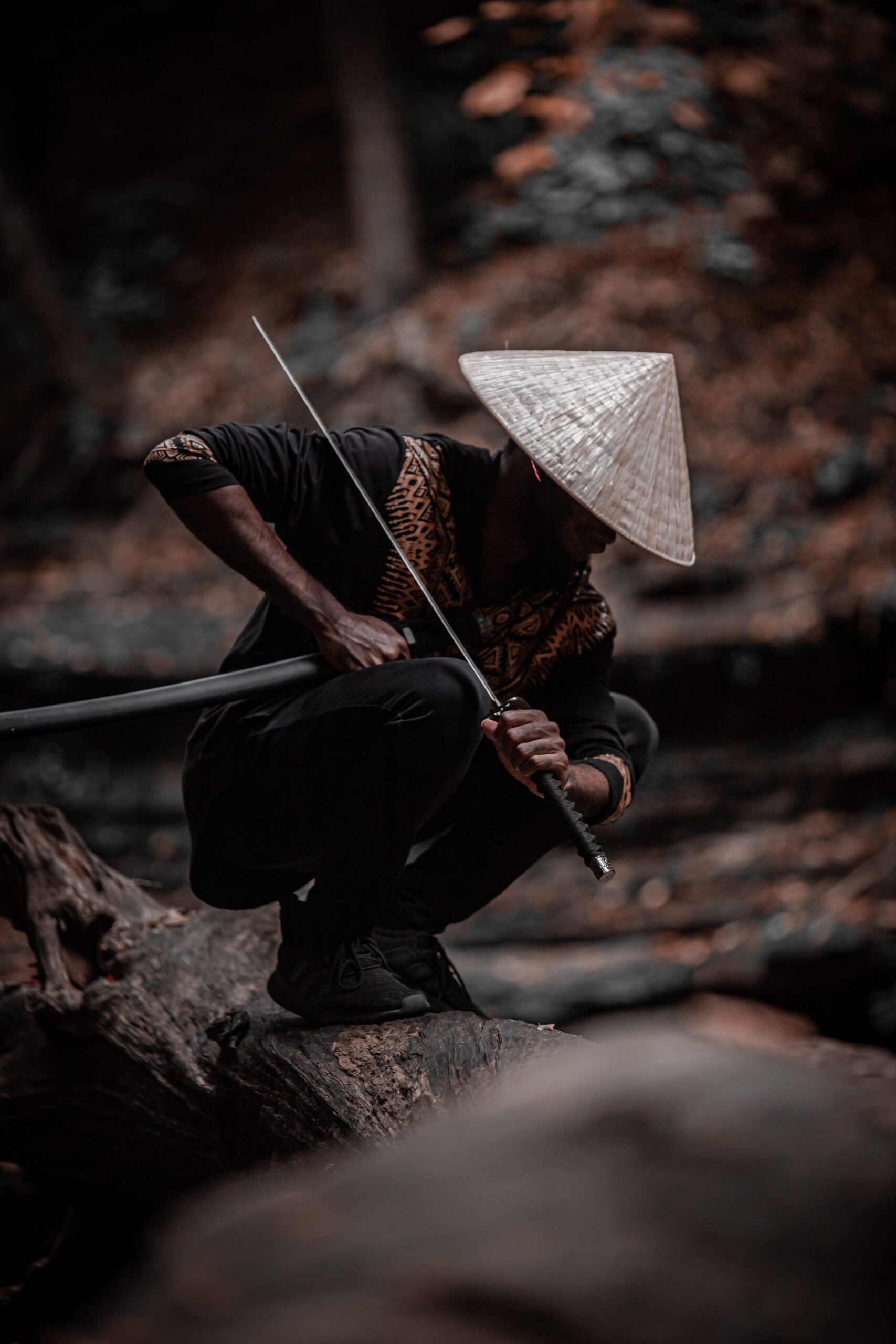Samurai armor is one of the most iconic symbols of Japan’s feudal era. These brave warriors, known for their discipline and honor, were always ready to defend their masters and their land. But what was samurai armor made of, and how did it evolve over time? Let’s take a closer look.
The History of Samurai Armor
The history of samurai armor can be traced back to the 4th century, when Japanese warriors started wearing iron helmets and leather armor. This early armor was rudimentary and provided only limited protection. Over the next several centuries, as Japan was increasingly exposed to outside influences, samurai armor evolved in both design and materials.
By the 12th century, samurai armor had become much more sophisticated. It consisted of a helmet, a face mask, a chest plate, shoulder guards, arm guards, thigh guards, and shin guards. The armor was often decorated with elaborate designs and symbols, reflecting the samurai’s family, clan, or personal history.
During the 16th century, samurai armor underwent a major transformation. The introduction of firearms to Japan led to the development of lighter, more flexible armor that could withstand gunfire. This new armor, known as “tatami” or “keiko” armor, was made of layers of silk or cotton, covered in lacquer, and reinforced with small iron plates.
By the 17th century, samurai armor had reached its peak in terms of design and materials. The most elaborate suits of armor were made by master craftsmen who used the finest materials and techniques available. These suits were not only functional but also works of art, with intricate designs and symbols that reflected the samurai’s status and accomplishments.
Materials Used in Samurai Armor
Samurai armor was made of a wide variety of materials over the centuries. Let’s take a closer look at some of the most common ones.
- Iron
Iron was the most common material used in samurai armor. It was used to make helmets, chest plates, arm guards, and other parts of the armor. Iron was strong, durable, and provided excellent protection against sword strikes and other types of attacks.
- Leather
Leather was often used to make the underside of the armor, which would be in contact with the samurai’s skin. It was also used to make straps and other parts of the armor that needed to be flexible. Leather was a durable and lightweight material that provided some protection against cuts and abrasions.
- Silk
Silk was used to make the outer layer of some types of samurai armor, particularly the lighter, more flexible types. The silk would be covered in lacquer to provide additional protection against cuts and scratches. Silk was a luxurious and expensive material that was often reserved for the highest-ranking samurai.
- Wood
Wood was used to make the frames of some types of samurai armor, particularly the helmets. The wood would be covered in lacquer and reinforced with metal plates to provide additional protection. Wood was lightweight and easy to shape, making it an ideal material for armor that needed to be both functional and stylish.
- Paper
Paper was used to make the inner layers of some types of samurai armor, particularly the lighter, more flexible types. The paper would be soaked in water and then pressed into shape, creating a lightweight but sturdy layer of armor. Paper armor was often covered in lacquer to provide additional protection.
Summary
Samurai armor was an important part of Japan’s feudal era, serving as both a functional tool of warfare and a symbol of honor and status. The armor evolved over time, reflecting changes in technology and design, and was made

